The content of the article
Apple cider vinegar is a bright orange or golden liquid with a sour taste and a pronounced odor. In the modern world, no housewife can do without him, in all restaurants and kitchens, vinegar is added to prepare different dishes.
A bit of vinegar history
The word "vinegar" came to us from French. Someone accidentally left a decanter with wine in the sun, it was sour, and it turned out to be an acidic wine with a pronounced smell. So the first vinegar appeared. Then in ancient Egypt, they began to produce it from date wine. This mixture was used for medical purposes as an antiseptic. Even the ancient Romans and Greeks began to use vinegar for rejuvenation. According to legend, the queen Cleopatra herself took vinegar with water to look good and younger.Also in ancient times, vinegar quenched thirst.
In the old days, they were treated with walls in the house to prevent mold and fungus. In the cellar, along with the meat, they left a pot of vinegar to scare away harmful insects and parasites. For better storage, raw fish and meat were sprinkled with such seasoning, it gave the food a spicy note and did not attract flies.
Today, there are several varieties of vinegar: wine, apple, coconut, balsamic. The most exotic vinegar is coconut. It is added to salads with seafood and chicken, as well as this vinegar goes well with pork. It gives a taste of East Asian cuisine. Balsamic vinegar is considered the most expensive and fragrant. To prepare a small amount of such vinegar will take about 12 years.
The benefits and use of apple cider vinegar
This apple cider vinegar contains many useful vitamins and minerals. In the kitchen, it is almost irreplaceable - it is used to make mayonnaise, sauce, various seasonings or marinades. Vinegar is added to dishes, seasoned with various salads, both vegetable and fruit,it gives them a little spicy taste. Every housewife uses vinegar to preserve vegetables for the winter.
If you use apple cider vinegar diluted with water, the intestinal microflora is restored, toxins and slags are removed from the body, the metabolism improves. When losing weight, it helps burn excess calories and reduce appetite. Now there are many different diets on the basis of acetic acid, which contribute to lose weight and not cause any harm to the body. Apple Cider Vinegar helps reduce heat.
In cosmetology, vinegar is used to remove cellulite and stretch marks on the skin. It also gives hair shine, silkiness and strength, helps strengthen nails. Acetic baths make the skin smooth and beautiful. In folk medicine, vinegar is used for varicose veins, with its help to remove blackheads and blackheads on the face. When the herpes on the lips, they burn down the site of infection. Vinegar very effectively helps with insect bites - it relieves itching, redness and quickly heals wounds.
How to make apple cider vinegar at home by yourself
You can talk a lot about the benefits of apple vinegar, but than to buy "chemistry" in the shops, it is easy to cook at home by yourself.
Apple Vinegar on Yeast
- apples;
- sugar or honey;
- yeast;
- water.
To get vinegar with a pronounced sweet-sour taste, it is best to take sour apples. They need to be washed, cut in half and cut the core. If there are wormy or rotten places on the apples, then remove them. In advance, you need to prepare a pan or other container, where it will be convenient to mix the ground apples. First you need to chop the apples to make gruel or mashed potatoes. You can use a grater for this, some housewives use a blender. Add honey and yeast to the mass, mix everything well with a spoon or spatula. Then the mixture, which turned out, to shift into any container and pour warm water, but not boiling water, as it can get apple compote. Cover all with gauze and put in a locker or a place where the sun will not fall.
The resulting puree must be stirred several times a day and so on for two weeks. After, strain the mixture through gauze to separate the pulp from the liquid. This is vinegar, but not yet fully prepared. To complete the process, you must leave the dishes with liquid covered with gauze for a while, but sometimes look after it so that the vinegar does not “run away”.
When all the dregs settle to the bottom and stop roaming, then the vinegar is ready. So that it does not deteriorate and retains its recipe, it is necessary to store it in a closed glass container at a temperature not higher than 15 degrees.
Apple juice vinegar
In order to make apple juice vinegar with your own hands, it is best to take ripe sweet apples. They need to be cut into small pieces and leave for about half an hour so that they darken. Then squeeze the juice out of these apples and pour into a jar. Wear a rubber glove on the throat of the jar and tie everything well so that the air does not pass.
Bank put in a convenient place where you can periodically watch her. Over time, the glove will begin to inflate and when it fully inflates, it must be removed. A thin film should form on the surface of the liquid. It can not be thrown away, it will continue to help the juice to ferment. Pour all the liquid into another dish, but not completely, but leave some space on top. Cover with gauze again and leave for another few weeks.
After some time, the liquid will begin to lighten, all the dregs that were in the bank will settle to the bottom and you will get pure apple cider vinegar.It is best to store it in glass bottles, so the vinegar will retain its quality for longer.
Apple Cider Vinegar on Black Bread
For apple cider vinegar we need:
- apples - 3 kg;
- water - 1 l;
- honey - 100 grams, and then another will require 50 grams;
- old black bread - rusk.
It is best to take ripe and overripe apples. The more fragrant the apple, the more pronounced the taste of vinegar. They need to grind to a state of gruel. Add honey and mix well. At the bottom of the can put a slice of stale bread and pour all the water, but not until the end. It is necessary to leave room for the mass, which will rise in the fermentation process.
Cover the jar with a cloth and put it in a locker or a place where the sun will not shine, while periodically watching it. After about two weeks, you need to strain the mass. Add a little more honey, mix, cover with gauze and leave for some time, so that the vinegar wanders on. A mold can form on top of the liquid, this is normal. Just take it away with a spoon.
Each hostess apple cider vinegar to prepare in different ways, it depends on the grade of apples and the temperature, where there is a bank. When the liquid becomes lighter and without turbidity - vinegar is ready. Then pour it into glass containers and can be added to food or used at your discretion.
Contraindications for the use of vinegar
- It is not recommended to take apple cider vinegar very often and, especially in undiluted form, it is an acid, and it causes irritation of the mucous membranes. Serious burns can occur if used in large quantities. Apple cider vinegar should be taken in moderation and not to get involved much.
- It is contraindicated to take apple cider vinegar to anyone who suffers from cystitis. If it is consumed, urination will become frequent and the inflammatory process will last longer and be more painful.
- It is also not recommended to use vinegar to those who have an inflamed pancreas, have an ulcer and gastritis. It can greatly harm and aggravate the disease. Before use, consult a doctor.
- Not yet recommended for pregnant women and children under 3 years.
Real apple cider vinegar is a universal remedy that helps keep the body and body in good shape. If you use it in a diluted form and do not neglect the rules, then your health will significantly improve. Make it at home is not a big deal, it takes only time and patience.A reward for this will be a number of bottles with seasoning, which will not only add spice to your dishes, but will also help keep the body young.
Video: how to make apple cider vinegar

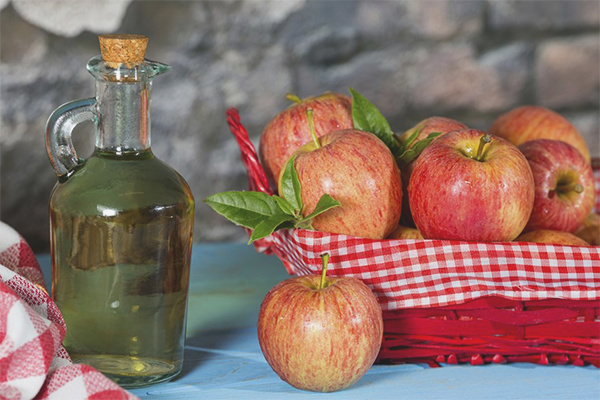
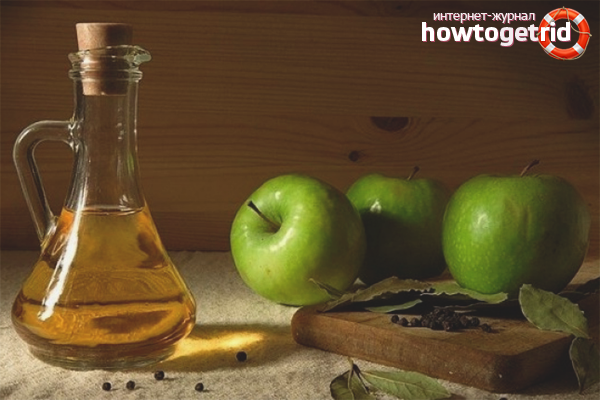
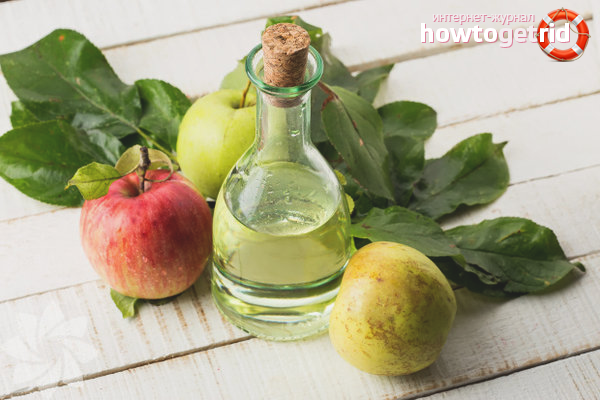

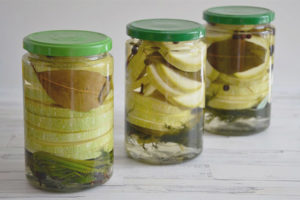
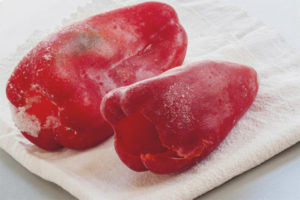
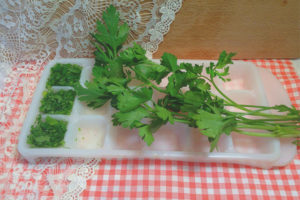
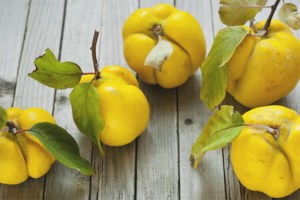


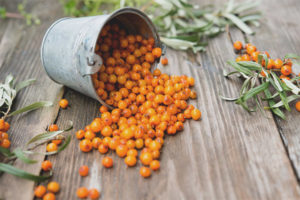
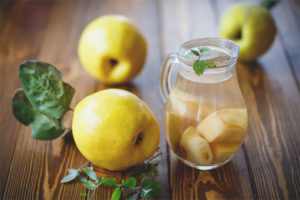
To send